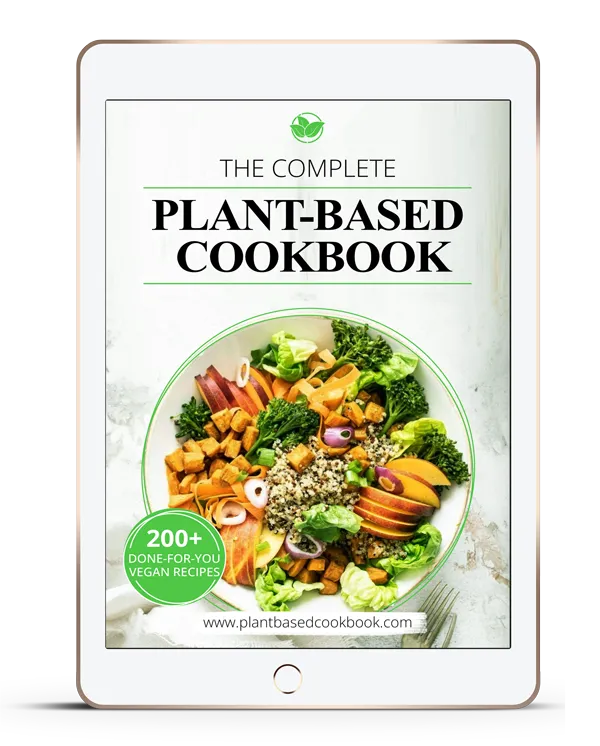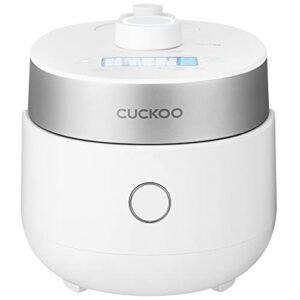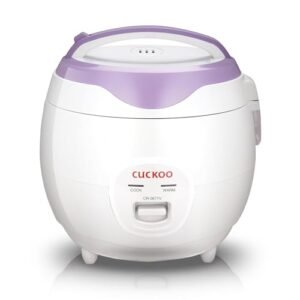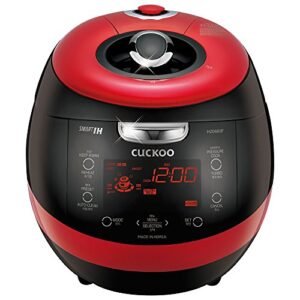Did you know that over 65% of the world’s population relies on rice as a staple food? This versatile grain is not only beloved worldwide but also an excellent choice for our little ones as they start solid foods. We will explore how to cook rice for babies, focusing on making it both safe and nutritious.
Rice is a fantastic introduction to a toddler’s diet, packed with energy-boosting carbohydrates and essential nutrients. We’ll discuss various easy rice recipes for babies that can be customized to fit their developing tastes and needs. Ensuring they receive a healthy and balanced start is crucial.
Proper cooking techniques are essential to achieving the right texture. This transforms rice into a delightful first food for our babies.
Whether you’re interested in making homemade rice porridge for babies or simply looking to enhance the nutritional value of the meals we prepare, this guide will provide practical tips and recipes to enjoy together. Let’s dive into the wonderful world of cooking rice for our little ones!
Table of Contents
ToggleIntroduction to Cooking Rice for Babies
Introducing rice to our baby’s diet is becoming more popular due to its digestibility and nutritional value. The right texture and consistency are key when feeding infants. Cooking rice correctly makes it soft for little mouths while offering essential nutrients.
Rice is a prime source of carbohydrates, which are vital for our babies’ energy. This energy supports activities like crawling, walking, and playing. When we prepare the best rice dishes for infants, we ensure healthy development and growth. This knowledge helps us make rice a delightful and beneficial part of our baby’s meals.
The Nutritional Benefits of Rice for Infants
When considering nutrient-rich rice meals for babies, it’s crucial to acknowledge the significant nutritional advantages rice brings. This versatile grain is essential for our infants’ diets, offering vital components that aid their growth and development.
Carbohydrates for Energy
Rice is an outstanding source of carbohydrates, which serve as the primary energy source for infants. These carbs fuel their exploration and interaction with the environment. Including rice in meals not only boosts their energy for play but also supports their rapid growth during these early years.
Vitamins and Minerals
Rice is more than just carbohydrates; it’s also packed with essential vitamins and minerals. B vitamins in rice are crucial for metabolic health and energy production. Zinc, another key mineral, supports immune function and is vital for cognitive development. Adding nutritious vegetables to baby rice recipes can further enhance these benefits.
By preparing nutrient-rich rice meals for babies, we lay a solid foundation for a balanced diet. Exploring various baby rice recipes broadens their nutritional intake, ensuring they benefit from the health advantages rice offers.
| Nutrient | Benefits |
|---|---|
| Carbohydrates | Primary energy source for growth and active play |
| B Vitamins | Support metabolism and energy production |
| Zinc | Enhances immune function and aids cognitive development |
For more insights into cooking delicious rice dishes, feel free to check out this detailed guide on Jollof rice.
How to Cook Rice for Babies
Cooking rice for babies might seem complex, but it can be straightforward with the right approach. Choosing the correct type of rice and mastering cooking techniques is key. This guide will walk us through these important steps, ensuring our babies enjoy nutritious and safe meals.
Choosing the Right Type of Rice
For babies, short-grain brown rice is a top choice due to its soft texture. It’s easy for infants to chew and digest. Moreover, it has lower arsenic levels than other types, promoting healthier eating habits from the start. While white rice is also an option, it doesn’t match the nutritional value of brown rice. Focusing on quality and safety in our choices leads to better food experiences for our little ones.
Proper Cooking Techniques
To ensure perfectly cooked rice for babies, we use several effective methods:
- Rinse the Rice: Always rinse the rice under cold water to remove excess starch. This step helps achieve a fluffier texture.
- Soaking: Soaking the rice for about 30 minutes before cooking can improve its softness, making it suitable even for younger infants.
- Use Plenty of Water: Cooking rice in excess water allows it to absorb moisture fully, resulting in a tender dish that is easy to digest. A typical ratio is 1 part rice to 3 parts water.
By following these techniques, we can make our easy rice recipes for babies both nutritious and tailored to their needs.
Baby Rice Recipes to Try
We can explore several delightful baby rice recipes that are nutritious and easy to prepare. Each recipe offers unique flavors and textures while being gentle on little tummies.
Squishy Baby and Toddler Basmati Rice
This recipe is ideal for infants aged seven months and older. Basmati rice provides a fluffy texture that is easy for babies to chew and swallow. To make it, cook basmati rice in a large pot with plenty of water until soft. Once cooked, take some of the rice and mash it with a fork or blend it slightly for a smooth consistency. This method creates a squishy, comforting meal for our little ones.
Homemade Baby Rice Cereal
Creating homemade baby rice cereal is straightforward and ensures our baby consumes a single-grain, nutritious option. To prepare, wash and rinse the desired rice, then cook it in water until fully soft. Blend the rice with additional water or breast milk until reaching a smooth consistency. This versatile cereal can be enhanced with fruits or vegetables to introduce new flavors to our baby’s palate.
Rice Porridge for Babies
Rice porridge is a fantastic option for any age, especially when comforting a teething or ill child. Start with a basic recipe of cooked rice and add enough water or broth to achieve a porridge-like consistency. We can customize the porridge by mixing in well-cooked and pureed vegetables, such as carrots or peas, or proteins like chicken or fish. This approach not only creates a delightful meal but also offers variety and nutrition in our baby’s diet.
Easy Tips for Cooking Rice for Babies
Cooking rice for our little ones can be a straightforward and rewarding experience. By following some simple tips, we can create easy rice recipes for babies that are not only delicious but also safe and nutritious. Let’s explore effective methods to prepare rice that focuses on both quality and taste.
Soaking and Rinsing Rice
To ensure that the rice we serve is as safe as possible, soaking and rinsing it before cooking is crucial. This process helps eliminate some of the arsenic present in rice, which can be a concern for infants. Rinsing rice can also aid in reducing cooking time, making it easier for us to prepare nutrient-rich rice meals for babies. A thorough rinse leaves us with fluffy, well-cooked rice, perfect for our little diners.
Cooking in Plenty of Water
Another effective tip involves cooking rice in ample water, then draining any excess liquid afterward. This technique not only contributes to softer and smoother rice but also removes additional contaminants. Keeping water levels high during cooking helps prevent the rice from becoming gummy and ensures a safe texture for our babies. If we follow this method, we’re well on our way to producing easy rice recipes for babies that are both appealing and healthy.
Flavor Enhancements
To make our baby’s rice even more exciting, we can enhance the flavor by incorporating baby-friendly add-ins. Pureed vegetables can transform plain rice into a vibrant, nutrient-rich dish. Gentle spices, such as cinnamon or a hint of garlic powder, can introduce new tastes while remaining suitable for our little ones. By enriching rice this way, we create wonderful nutrient-rich rice meals for babies that they will love.
For more information on preparing rice safely for our infants, we can check out this helpful resource.
Serving and Storing Rice for Your Baby
When serving rice to our little ones, it’s crucial to use safe storage methods. This ensures the quality and nutrition of homemade rice porridge for babies remain intact. A routine that emphasizes freshness keeps our baby’s meals wholesome and appealing. We will explore safe storage and freezing methods for quick access to the best rice dishes for infants.
How to Store Leftovers Safely
After preparing rice for our babies, leftovers often remain. To keep these safe for future meals, we must adhere to certain best practices:
- Cool the rice quickly after cooking, letting it sit at room temperature for no more than two hours.
- Transfer the rice into airtight containers or resealable bags for proper storage.
- Label the containers with the date to monitor freshness.
- Store the containers in the refrigerator, where rice can last for up to four days.
Freezing Rice for Future Meals
Freezing rice is a great method for having prepped meals ready. Here’s how to freeze rice effectively:
- Once cooled, portion the rice into smaller servings suitable for our baby’s meals.
- Place the portions into freezer-safe containers or bags, ensuring to expel excess air to prevent freezer burn.
- Label each container with the date and type of rice dish, making it easier to choose when cooking later.
- Rice can be kept in the freezer for up to three months, allowing us to enjoy delicious homemade rice porridge for babies at any time.

Conclusion
Learning to cook rice for babies is crucial for their nutritional needs. It supports their growth and development. We’ve seen how rice is more than just a carb source; it’s rich in vitamins and minerals too.
Simple techniques and recipes make cooking rice for babies straightforward. From soft baby basmati rice to homemade cereal, these recipes ensure our babies get the nutrients they need. Adding rice to their meals boosts their health significantly.
As we continue our cooking adventures, let’s focus on proper preparation and technique. By mastering these steps and trying out tasty rice recipes, we can make sure our babies eat well. For more cooking ideas, check out this great guide on cooking dal in a rice cooker for more insights and techniques.
FAQ
What type of rice is best for babies?
For babies, we suggest using short-grain brown rice. It’s softer and has lower arsenic levels, making it a safe, nutritious choice.
How do I make rice porridge for my baby?
Making homemade rice porridge is simple. First, rinse the rice and cook it in a lot of water until it’s soft. Then, blend it to the right consistency. You can also add mashed fruits or veggies for extra taste and nutrition.
Can I store leftover rice for my baby?
Absolutely! Leftover rice can be stored in airtight containers in the fridge for up to 3 days. Or, freeze it for later meals to reduce waste and keep meals nutritious.
At what age can I introduce rice to my baby?
Rice can be introduced to babies around 6 months old. Make sure it’s cooked right and has the right texture for their stage of development.
How can I enhance the flavor of rice for my baby?
To make rice more flavorful, add baby-friendly vegetable purées, mild spices like cinnamon or nutmeg, or a bit of chicken or vegetable broth while cooking.
What are some easy rice recipes for babies?
Easy rice recipes for babies include Squishy Baby and Toddler Basmati Rice, Homemade Baby Rice Cereal, and Rice Porridge with fruits or veggies.
How do I minimize arsenic in rice for my baby?
To lower arsenic levels, rinse and soak the rice before cooking. Then, cook it in a lot of water and drain the excess. This ensures our baby’s meals are as safe as possible.





